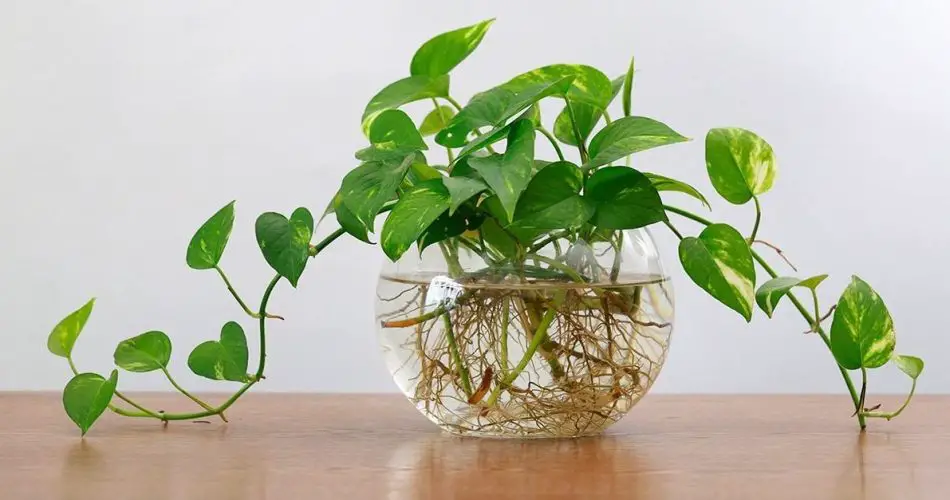Dive into Hydroculture: A Step-by-Step Guide
Ever wondered about the world of hydroculture but felt uncertain about taking the plunge? Fear not, as we present a tutorial that unveils the simplicity, economy, and intuition of growing plants in water. Hydroculture, with its straightforward approach, offers a unique alternative to traditional cultivation. Let’s explore, step by step, how to embark on the journey of growing plants in water.
Step 1: Gather Your Materials
To initiate the transition from soil to water, gather a jar, an old transparent glass vase, or even a repurposed honey or jam jar. Grab a felt-tip pen and prepare expanded clay or perlite. Before commencing, ensure thorough cleaning of both the container and the clay to create a pristine environment.
Step 2: Marking and Preparing
Use the felt-tip pen to mark the base level on the jar, indicating where the roots will rest on the expanded clay. This preparatory step ensures proper positioning during the subsequent stages. Now, delicately wash the chosen plant or rooted cutting, eliminating any soil around the roots. Ensure the roots are healthy and disease-free, as a robust seedling is crucial for the water immersion process.
Step 3: Planting and Arranging
Place the cleaned plant into the jar. Begin inserting the expanded clay between the roots without exerting pressure. Gently shake the jar downwards to allow the clay to settle in all the spaces. Once completed, tap the side and bottom of the jar to ensure adherence and further arrange the setup.
Watering Techniques
The marked level serves as a guide to prevent overwatering, ensuring the plant receives water through capillary action. As the water level drops below the marked point, wait a couple of days before replenishing it. Use a specialized dispenser or a narrow-mouthed watering can for precision. Embrace the advantages of recycling, cost savings, and continuous root monitoring.
Ongoing Maintenance
In the subsequent days, observe the water levels and add small amounts as needed. Exercise caution to avoid overhydration, preventing the risk of root rot. This meticulous approach guarantees a thriving hydroculture experience with the added benefits of resourcefulness and control over the plant’s root health. Dive into hydroculture and witness the rewards of this eco-friendly and budget-conscious practice.



